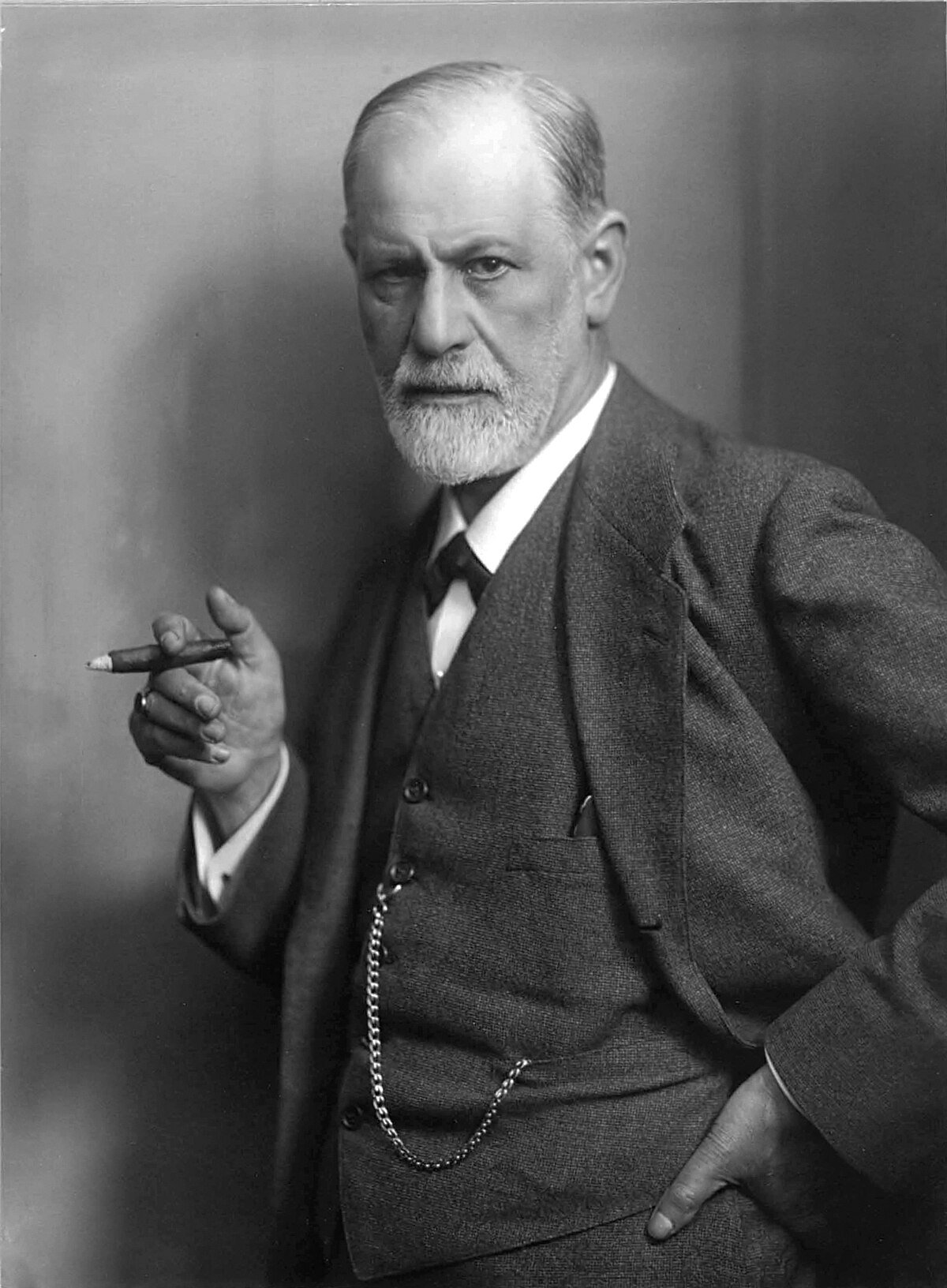CTB 24: Form follows fatigue
/November-December-January-February-early March... If you live in a climate with all 4 seasons and above 40N, these are the toughest and maybe the most disliked (or even hated) months of training. It is cold and dark outside, the days are short and you are super busy at work and with your family commitments. The gyms and pools are full with people and their New Year resolutions – damn these winter holidays! And you might even yourself have put on some weight, so you are really feeling heavy, tired and de-motivated... Every workout is a mini-torture and it takes all your will to drag yourself out - and sometimes the will is just not strong enough..
Sounds familiar? Well, you are not alone in this. I guess all "active endurance lifestyle" people feel the same, in varying degrees. Please do not despair! “Build it and it will come”! If you stayed on course in winter, even with some deviations, and completed at least 70-80% of your training plan (or of what you intended to do), I guarantee you, that the form will find you one day. This one magic day, seemingly same as any other, you will go out for your usual run and suddenly feel light and fit and strong. You will tear apart all your splits of last 3 months and will do it with a lower heart rate. Bingo and congratulations: You have just made a qualitative leap in your form.
What does it mean in terms of physiology? Well, it means that your lactate threshold levels expanded and your lactate curve shifted right and downwards. The longer and flatter your lactate curve is, like the "marathoner" one on this graphic, the longer & faster you can perform in the aerobic state. You can run same or more distance faster and at a lower heart rate. This adaptation is the holy grail of endurance training – and it takes time, like all good things in life.
In order to induce this adaptation we need to train consistently. We need to exercise regularly and with built-in progression. We need to have quality recovery times – because adaptation happens when we rest. My Russian track coach used to say: “When it hurts, it grows”. Now we know better. “It” grows when we rest (after we loaded “it”).
Yes, form follows fatigue – so it needs to get worse before it gets better. We need to get tired, sometimes even exhausted. But not every workout has to be an exhaustive one – this is the recipe for injury and burn-out. We need to have easy days and hard days, in perfect balance. And even a hard training day should not be a killer one. Yes, from time to time, something really hard – but mostly “just” intense, so that we can recover after a good clean meal and 8-9 hours of sleep. If two days after the training, “it” still hurts than “it” does not grow. You earned kudos for mental toughness, but your muscles are really unhappy and you definitely burned some form matches.
And here is the good news: if you followed a consistent, reasonably intensive and gently progressive training routine in winter months, now you should be feeling “IT”. This famous sensation of being “in form”: fit, strong, light and lean, a happy state when a 2hrs run or 4-5km swim is not a challenge anymore, neither physically, not mentally. This means that have fought well in the “months of fatigue” and than now ready for the spring training, the most important period, when your training gets specific and targeted to your priority A race.
Congratulations to you – and happy training! Spring is in the air!
Next time you get tired – remember, it is all for good – FORM FOLLOWS FATIGUE.






